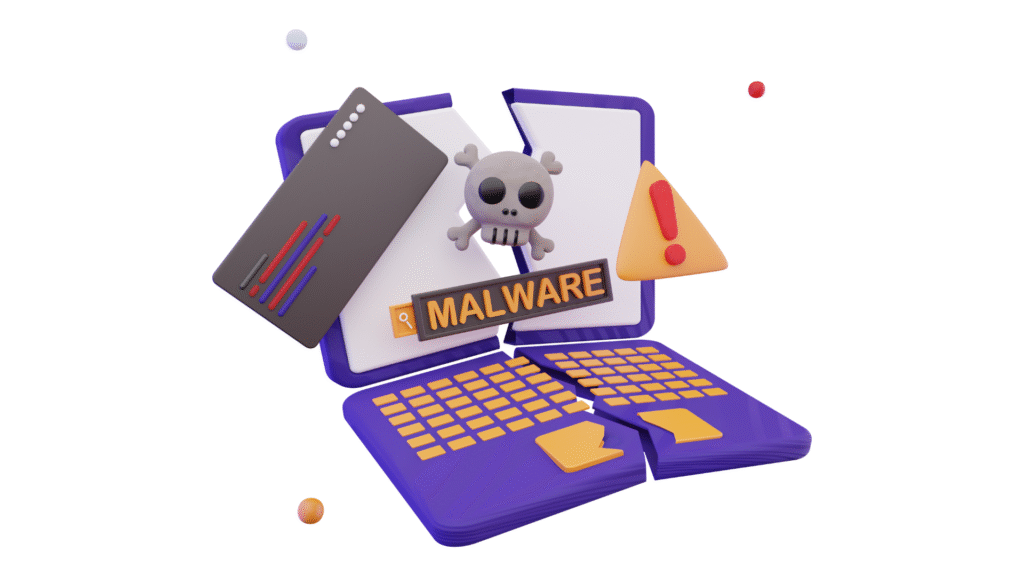




 As our digital world expands, understanding key cybersecurity concepts is more important than ever. These terms represent just a fraction of what it takes to stay secure online but each plays a vital role. Whether you’re protecting your personal data or helping your organisation build stronger defences, these terms highlight the need for vigilance, smart practices, and informed decision-making. Stay tuned for the next letters in our cybersecurity alphabet series to continue building your knowledge.
As our digital world expands, understanding key cybersecurity concepts is more important than ever. These terms represent just a fraction of what it takes to stay secure online but each plays a vital role. Whether you’re protecting your personal data or helping your organisation build stronger defences, these terms highlight the need for vigilance, smart practices, and informed decision-making. Stay tuned for the next letters in our cybersecurity alphabet series to continue building your knowledge. 